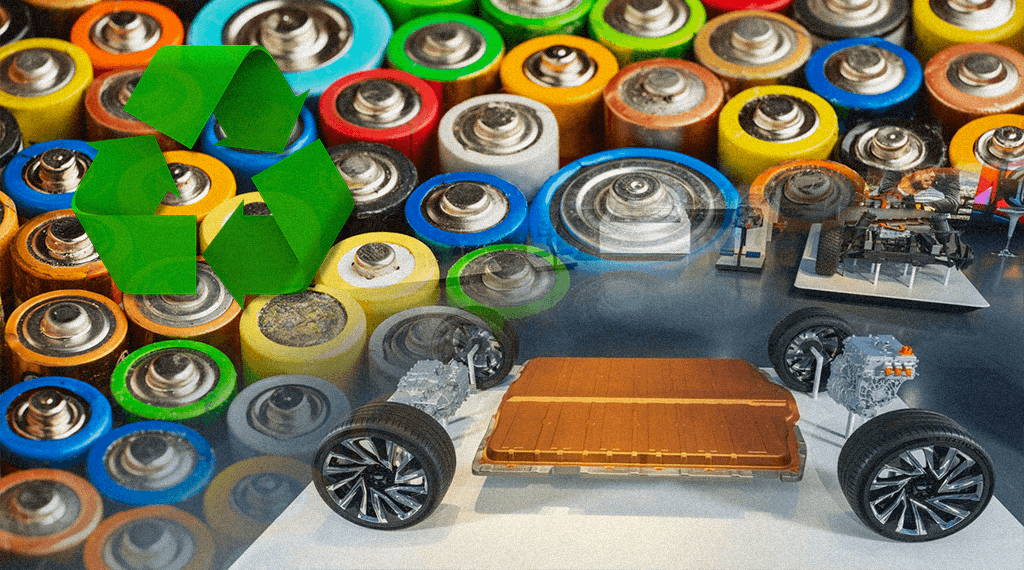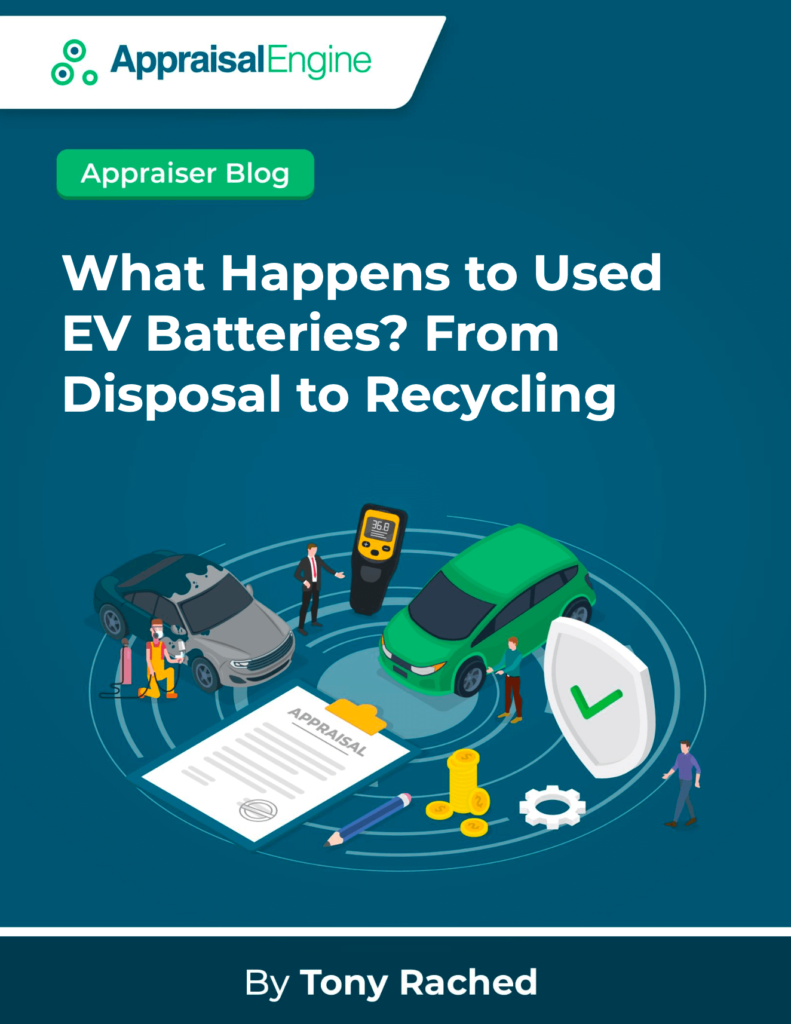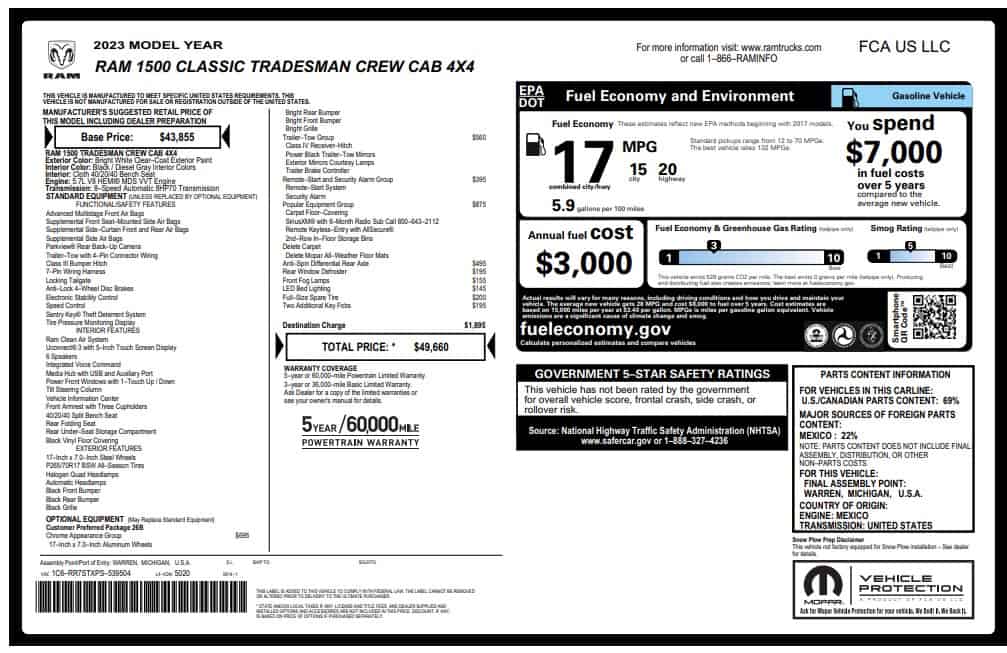What Happens to Used EV Batteries? From Disposal to Recycling (PDF)

As the popularity of electric vehicles (EVs) continues to rise, concerns about the disposal of their battery packs have become a hot topic. Many wonder what happens to these hefty battery packs when they reach the end of their life. Are they simply discarded in landfills, adding to environmental woes? Fortunately, the process is much more responsible and sustainable than you might think.
The Responsible Recycling Process for EV Batteries
Let’s delve into the journey of EV batteries to gain insight into their ultimate destiny. Drawing from the experience of disposing smaller high-voltage battery packs like those utilized in the Toyota Prius and the Honda Insight, we discover that these packs are not simply discarded in landfills. Rather, responsible auto recyclers send them to specialized firms that meticulously dismantle the packs, carefully breaking them down into a diverse range of materials. These materials encompass wires, circuitry, plastics, and the invaluable cells themselves.
The Value of Battery Metals and Emerging Recycling Ventures
The recycling process for EV batteries closely resembles that of their smaller counterparts. Battery packs are transported to facilities specializing in battery disassembly and component recycling. The recycling process involves crushing the cells and circuits to separate and purify the different metals present, such as nickel and lithium. While certain parts, like steel, copper, and aluminum, can be easily recycled as scrap metal, the plastics, which constitute a small proportion of the total contents of an EV battery pack, may not be as recyclable.
The cells themselves hold the most value. They contain precious metals like lithium, cobalt, manganese, nickel, and aluminum, with lithium being particularly prized. These cells are ground up, and through various purification methods, a pure supply of the desired metals is obtained at the end of the process. These metals play a crucial role in battery manufacturing and are highly sought after.
The recycling industry is a significant player in various sectors, and the automotive industry is no exception. While traditional vehicles also undergo recycling processes, EVs stand out due to their battery metals. In 2017, JB Straubel, a former employee and CTO of Tesla, launched Redwood Materials, a battery recycling and supply startup. The company aims to scale up battery collection and recycling, and it has gained attention and funding from venture capital firms. Several other startups and corporate entities have emerged in different parts of the battery recycling industry, spurring an investment race.
Challenges and Opportunities in the Second Life of EV Batteries
Redwood Materials, along with other industry players, encounters the formidable task of acquiring an ample supply of used EV batteries for recycling. To tackle this challenge head-on, strategic collaborations have been forged with auto-recycler trade groups and major automakers such as Ford and Volkswagen. These partnerships aim to enhance the availability of used cells, ensuring a steady stream for recycling purposes. Notably, Redwood Materials has received a substantial $2 billion loan from the U.S. Department of Energy, facilitating the expansion of its Nevada factory and bolstering its recycling capabilities.
But what about the possibility of a second life for used EV batteries? Typically, an EV battery pack is considered at the end of its life when it retains no more than 70 to 75 percent of its original capacity. However, even with diminished capacity, these aging battery packs still hold significant energy storage potential, ranging from 20 to 90 kilowatt-hours. This amount of storage can provide electricity for an average American home for up to three days.
The concept of a “second use” industry has been explored, aiming to repurpose these packs and extend their lifespan by another decade or more. While some automakers have initiated demonstration projects and a few energy-storage installations have been deployed, the challenge lies in convincing potential customers who prefer new cells due to concerns about usage history and performance.
The Path to a Greener Future
The future of EV battery recycling seems promising due to the valuable metals they contain. Lithium, nickel, cobalt, manganese, and aluminum are in high demand as the world’s largest car markets transition to EVs. Establishing new mining operations takes time, especially in countries with stringent environmental regulations. By recycling EV batteries, valuable metals can be recovered and reused. The Inflation Reduction Act, signed by President Biden, includes significant subsidies for U.S. battery production through the 2030s. This encourages the recycling of battery metals within the country, reducing dependence on imports from countries like China.
When it comes to the disposal of your EV battery pack, rest assured that responsible processes are in place. Your battery pack will be collected and carefully broken down into its components. The fundamental materials, including valuable metals, will be recycled and repurposed for future battery production. This sustainable approach ensures that the lifecycle of EV batteries continues, contributing to a greener and more environmentally conscious future.





